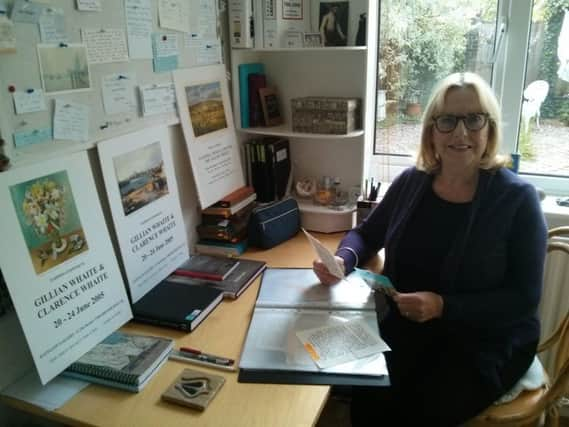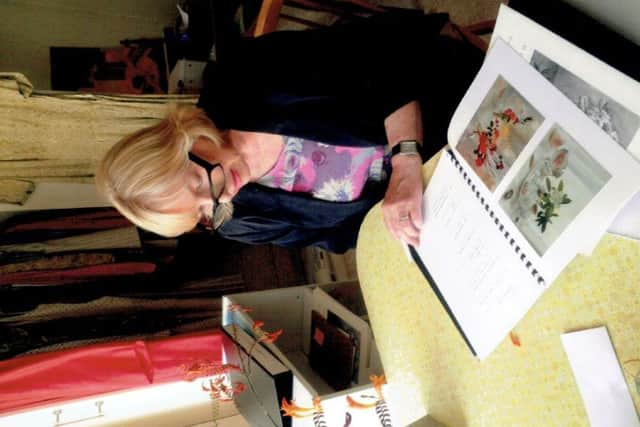Archive of artists' work discovered


The work of artists Clarence Whaite and his daughter Gillian are now homed in the University of Chichester’s Special Collection resource. The archive was discovered by Jan Hodges, who is currently researching for her PhD with the History department at the University.
Jan first came across the artworks during a studio auction of the painters’ works. The solicitor, Julie Jones, one of the executors for Gillian and also a friend for twenty years, was very sympathetic and gave Jan permission to spend several months in the house cataloguing the archive. Jan later presented it to the University of Chichester. She has always aimed to place the works she purchases and researched in museums or collections, rather than selling them on the open market.
Advertisement
Hide AdAdvertisement
Hide AdJan said: “Although both Clarence and Gillian lived in London for most of their lives, they retired to Chichester, Clarence to the newly developed Parklands Estate in 1962 and Gillian to Orchard Avenue. Her house was bequeathed to the National Trust. Working through the house felt like an archaeological dig and it soon became obvious that very little should be discarded. The Whaite Archive consists of a complete illustrated catalogue of the work of both artists, paperwork and photographs that eventually filled 38 archive boxes.”


Jan has placed exhibition catalogues at the West Sussex Record Office and Pallant House Library. Pallant House also holds one of Clarence’s paintings in its collection. Many of Gillians’ hand-made clothes, using fabrics designed and printed by her, are in the collection of Worthing Museum.
Jan said:“When I first discovered the archive, I couldn’t believe that so little had been written about them, considering the place they hold in the history of art and art education. I have been researching art for more than twenty one years and it felt as if all my work had led to this opportunity, I felt that I had walked through a door marked “Life’s Work”.
“I started a PhD research project in February 2015, particularly concentrating on Clarence and placing him in the historical context of his era. He was head of the Art Department at the Institute of Education at the University of London between 1936 and 1962, and had a far-reaching influence on his students and others in his circle. As an external examiner he had contacts with both Bishop Otter College, Chichester and the teacher training college at Bognor Regis. His recipe for hard work was a cold shower in the morning, followed by four cups of tea! I am hoping that talks and exhibitions based on the two artists’ work will now take place. My research is partly-funded by the University.”
Jan is appealing for anyone who knew the Whaites, or has any more information about them, to contact her on [email protected].